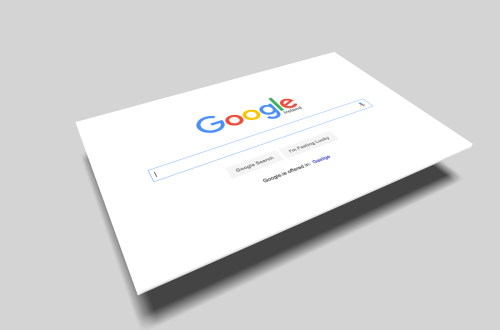Web Accessibility: Designing Inclusive Websites for All Users
In today’s digital age, the internet plays an integral role in our lives, offering boundless opportunities for information, communication, and interaction. However, not all users experience the web in the same way. Web accessibility is the practice of creating websites and digital content that can be easily accessed and used by all individuals, including those with disabilities. In this article, we will explore the importance of web accessibility and the principles that empower designers and developers to create inclusive websites for all users.
Understanding Web Accessibility:
Web accessibility goes beyond compliance with guidelines and regulations; it is a commitment to making the internet a space where everyone can participate and engage without barriers. People with disabilities, such as visual, hearing, cognitive, and motor impairments, should have equal access to online information, services, and opportunities.
1. The Impact of Inaccessibility:
Inaccessibility on the web can lead to exclusion and frustration for individuals with disabilities. When websites lack proper accessibility, users may encounter challenges in navigating, understanding content, filling out forms, or interacting with elements like buttons and links. This exclusion hinders their ability to participate fully in the digital world.
2. The Web Content Accessibility Guidelines (WCAG):
The Web Content Accessibility Guidelines (WCAG) are a set of guidelines developed by the Web Accessibility Initiative (WAI) of the World Wide Web Consortium (W3C). WCAG provides a comprehensive framework for designing and evaluating accessible websites. It consists of four principles:
- Perceivable: Information and user interface components must be presented in a way that users can perceive, regardless of their sensory abilities. This includes providing text alternatives for non-text content, captions for multimedia, and clear contrast between text and background.
- Operable: Users must be able to navigate and interact with the website effectively. This involves ensuring keyboard accessibility, providing enough time to read and interact with content, and avoiding content that may cause seizures or physical discomfort.
- Understandable: Information and operation of the user interface must be clear and straightforward. Designers should use consistent navigation, clear language, and logical layouts to enhance understanding.
- Robust: Content must be robust enough to be interpreted reliably by a wide range of user agents, including assistive technologies. Adhering to web standards and using semantic HTML markup contributes to the robustness of the website.
3. Designing Inclusive Websites:
To create truly inclusive websites, designers and developers must integrate accessibility into their workflow from the very beginning. Consider the following practices:
- Semantic HTML: Use semantic HTML elements that convey the structure and meaning of the content. Properly labeled headings, lists, and forms improve the understanding of the content for all users.
- Alt Text for Images: Provide descriptive alt text for images, allowing users with visual impairments to understand the context and purpose of the images.
- Captioned Multimedia: Include captions and transcripts for multimedia content, making it accessible to users with hearing impairments.
- Keyboard Accessibility: Ensure that all interactive elements can be accessed and operated using a keyboard. This benefits users with motor impairments who may not use a mouse.
- Contrast and Color Choices: Use sufficient color contrast to ensure that text and graphical elements are readable for users with low vision.
Conclusion:
Web accessibility is a fundamental aspect of web design and development, empowering all individuals, regardless of their abilities, to access and interact with digital content. By embracing the principles of WCAG and integrating accessibility into the design process, we can create websites that are truly inclusive and welcoming to all users.
Designers and developers have the power to shape the digital landscape and break down barriers that hinder access to information and services. Embracing web accessibility is not only a legal and ethical responsibility but also an opportunity to foster a more inclusive and diverse online community. Let us join hands to make the web a space where everyone can participate, engage, and thrive—creating a digital world that truly leaves no one behind.




